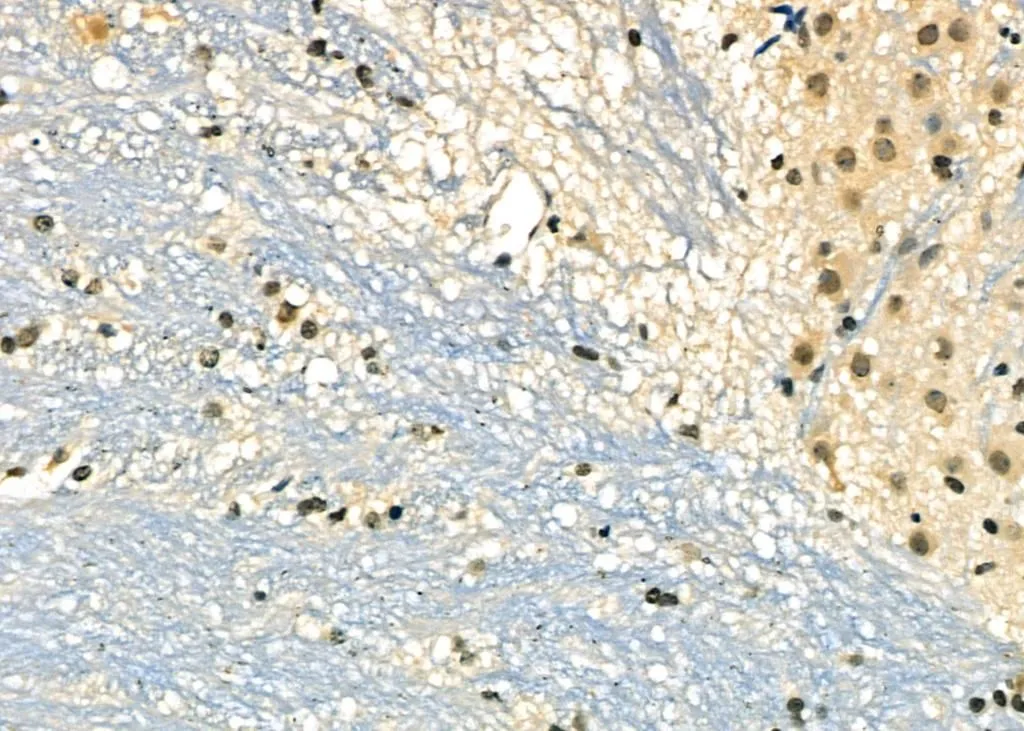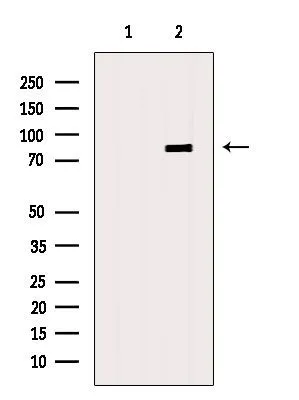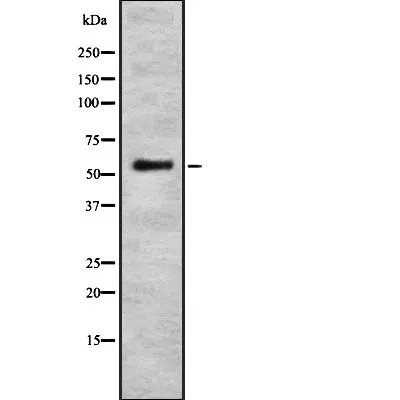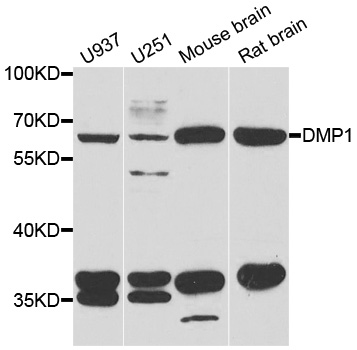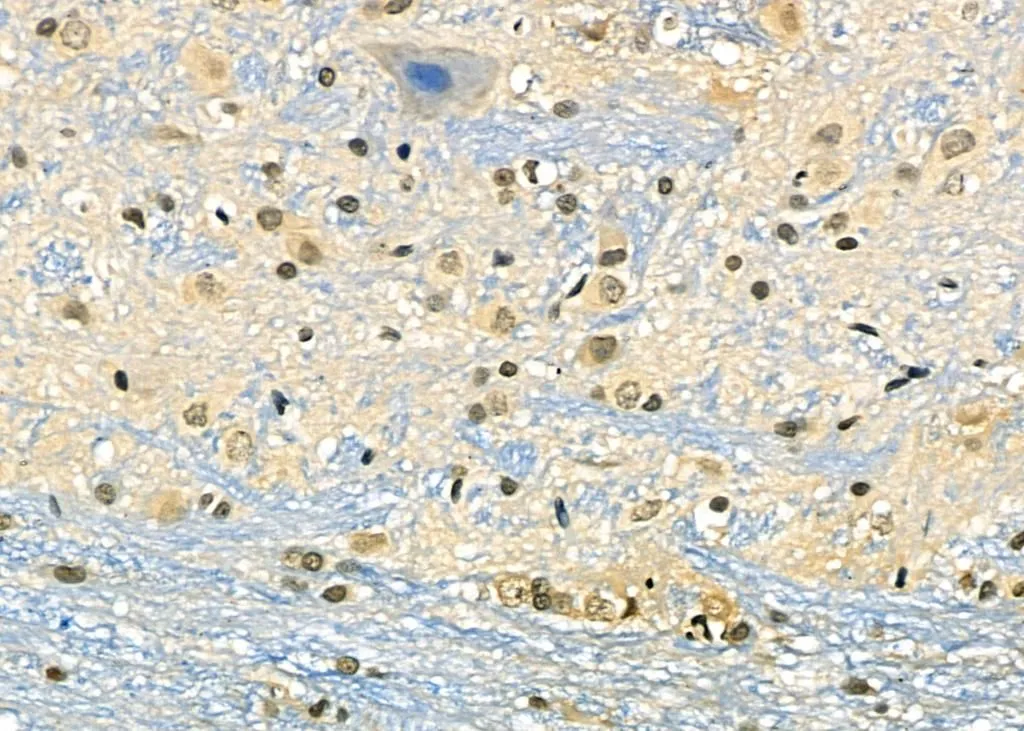
IHC-P analysis of rat brain tissue using GTX04077 DMP1 antibody. Antigen retrieval : Heat mediated antigen retrieval step in citrate buffer was performed Dilution : 1:100
DMP1 antibody
GTX04077
ApplicationsWestern Blot, ImmunoHistoChemistry, ImmunoHistoChemistry Paraffin
Product group Antibodies
TargetDMP1
Overview
- SupplierGeneTex
- Product NameDMP1 antibody
- Delivery Days Customer9
- Application Supplier NoteWB: 1:1000-1:3000. IHC-P: 1:50-1:200. *Optimal dilutions/concentrations should be determined by the researcher.Not tested in other applications.
- ApplicationsWestern Blot, ImmunoHistoChemistry, ImmunoHistoChemistry Paraffin
- CertificationResearch Use Only
- ClonalityPolyclonal
- Concentration1 mg/ml
- ConjugateUnconjugated
- Gene ID1758
- Target nameDMP1
- Target descriptiondentin matrix acidic phosphoprotein 1
- Target synonymsARHP, ARHR, DMP-1, dentin matrix acidic phosphoprotein 1, dentin matrix protein 1
- HostRabbit
- IsotypeIgG
- Protein IDQ13316
- Protein NameDentin matrix acidic phosphoprotein 1
- Scientific DescriptionDentin matrix acidic phosphoprotein is an extracellular matrix protein and a member of the small integrin binding ligand N-linked glycoprotein family. This protein, which is critical for proper mineralization of bone and dentin, is present in diverse cells of bone and tooth tissues. The protein contains a large number of acidic domains, multiple phosphorylation sites, a functional arg-gly-asp cell attachment sequence, and a DNA binding domain. In undifferentiated osteoblasts it is primarily a nuclear protein that regulates the expression of osteoblast-specific genes. During osteoblast maturation the protein becomes phosphorylated and is exported to the extracellular matrix, where it orchestrates mineralized matrix formation. Mutations in the gene are known to cause autosomal recessive hypophosphatemia, a disease that manifests as rickets and osteomalacia. The gene structure is conserved in mammals. Two transcript variants encoding different isoforms have been described for this gene. [provided by RefSeq, Jul 2008]
- Storage Instruction-20°C or -80°C,2°C to 8°C
- UNSPSC12352203

